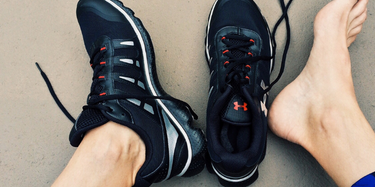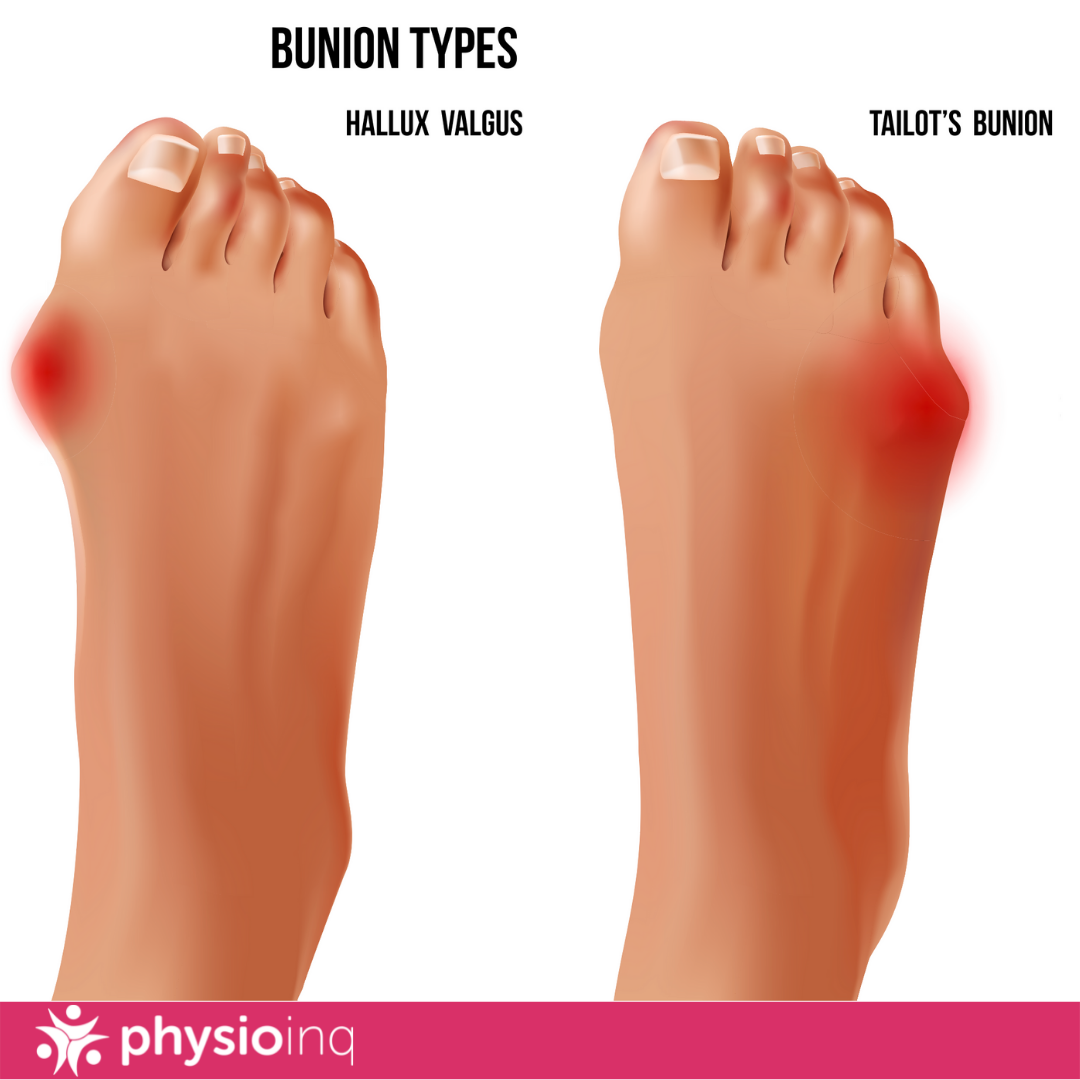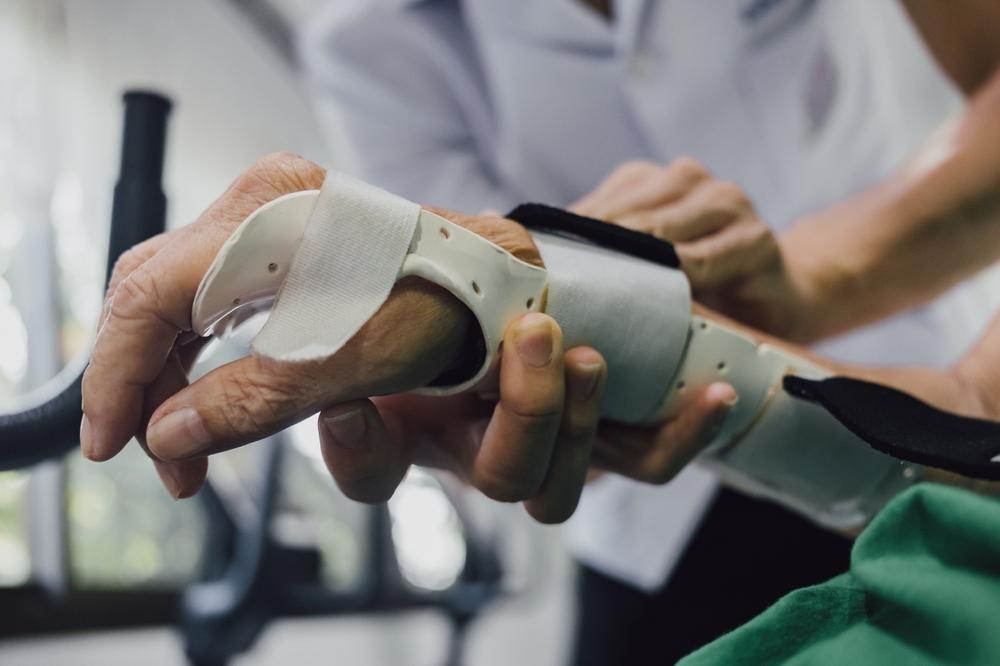Make an Appointment
Stress fractures are, in a lot of ways a runner’s worst nightmare. Bone injuries are painful and force you to take time away from what you love to do… run! Plus, stress fractures caused by running are most common in the feet, legs and ankles and are exacerbated by simple everyday activities like walking and standing.
If you are an athlete, exercise enthusiast or fancy yourself a runner, listen up, because we are about to outline everything you need to know about stress fractures, how to prevent them and what to do if you are so unfortunate as to fall victim to one of these nasty running injuries.
What are stress fractures and how do they occur?
Repetitive impact to any bone can cause tiny cracks (fractures) to form. Fractures that are caused by repetitive impact (mechanical stress) are referred to as stress fractures. Running, causes repetitive impact to the bones in the feet, ankles, legs and hips, especially if done in excess or for long distances.
**Stress fractures account for up to 28% of all lower extremity injuries and 15% of all injuries seen in patients overall, in sports clinics - “rheumatology network”.
Where do stress fractures occur?
Depending on what type of exercise you engage in, stress fractures can develop in different areas:
- Exercises involving sprinting, hurdling, jumping or bouncing generally result in stress fractures to the feet, specifically the metatarsal and tarsal navicular bones.
- For long distance runners, the most common area for stress fractures are in the shin bone; consisting of the tibia and fibula.
**Stress fractures from running can occur in the hips as well, and are referred to as femoral stress fractures. ‘Femoral neck’ stress fractures are the most common amongst runners and occur where the top of the thighbone joins the hip and pelvis.

Symptoms of stress fractures
Stress fractures are often mistaken for muscle soreness or shin splints (pain in the lower leg). But, stress fractures are actually much more serious and take more time to heal than tissue or muscle injuries. Symptoms of stress fractures include:
1. Pain:
Seemingly obvious, but the pain associated with stress fractures will not go away over time. It is intense and will actually worsen over time. Swelling can occur around the injured area in addition to a feeling of tenderness. Recurrence of increased pain at night is also associated with that of a stress fracture.
2. Swelling:
Swelling on the top of the foot or outside of the ankle are strong signs of a stress fracture. Symptoms of stress fractures in the foot often intensify during daily activities such as standing or walking. The same can be said for tibial, fibular or femoral stress fractures but swelling is less prevalent in these areas.
3. Weakness:
A good sign that your injury is a stress fracture and not a muscle or tendon injury, is that strength in the area will diminish quickly and not return. Our bodies are very adaptive and muscles / tendons will start to regain their strength within a period of a few days to weeks (depending on the severity of the injury). Bones will not. Bones take a much longer time to heal and you will continue to feel weaker and weaker in the injured area over time.
**If pain, swelling and loss of strength persists for more than a week, it is always best to seek out a professional.
How to prevent stress fractures
The exact cause of stress fractures differs from person to person and depends on their exercise level and overall health. For runners, the main causes of stress fractures are usually poor body mechanics, improper running form and exercising to frequently without proper physical preparation.
Especially if you are goal oriented, getting on the track, trials or treadmill as much as possible to smash your personal record may seem like the most important thing when it comes to running. But in fact, supportive prehabilitation practices such as stretching, massage therapy and trigger point therapy are just as important. You should also be engaging in regular strength training exercises as well to prevent muscle imbalances.
Your running form has a lot to do with how your body’s weight is distributed and the amount of pressure being put on your bones. Improper running form can not only lead to stress fractures in your feet, legs, ankles and hips but back pain and ankle sprains as well. You can learn more about proper running techniques and how to implement them in 5 easy-to-follow steps here.
**A healthy diet, being hydrated, getting enough sleep and proper fitting running shoes are also important factors that aid in the prevention of stress fractures and general injury.
How to properly return to running after a stress fracture
1. Take time to heal
If you are unfortunate enough as to fall victim to a stress fracture, you’ll need to first give your body time to heal. Depending on the severity of the injury, you could be looking at anywhere from 4 - 8 weeks off of your feet and away from running.
2. Return slowly
Once your physician or physiotherapist deems it safe to return to running, take it slow. Walk before you run… literally. Trying to do too much too soon, is the leading cause of injury when it comes to any form of exercise and running is no different. To minimize injury risk even further, vary your running type, distance and speed once you have worked back up to it. Also, don’t be afraid to take extra walking breaks. It’s all part of the process.
3. Listen to your body
Finally, listen to your body. You may feel pain or discomfort when returning to walking / running but the pain should not linger and should dissipate as your body warms up and blood flow increases. The pain you feel is merely your body readjusting to handling stress on the area of injury again after a period of inactivity. If you’ve given your body enough time to heal, the pain should be mild and dissipate as you run / walk.
Contact a professional
If you have suffered an injury or are experiencing any of the symptoms listed above, it may be time to speak to a professional. Properly assessing injuries and implementing strategies to prevent them is almost your best course of action. Luckily, we can help!
We have a team of Physiotherapists and Exercise Physiologists all across Australia that can assess your injury symptoms and get you back to running as soon as possible. Contact us by phone at 1300 731 733 or find a location nearest to you to get started!
Date Published: Wednesday, January 16, 2019
Locate a Mobile Physiotherapy
Service Near me
Get the experience & convinence you deserve to support your or a loved one's allied health needs.
Our Mobile Physiotherapy team are currently serving & taking appointments in the following states and regions in Australia:
New South Wales
- Blacktown
- Blue Mountains
- Campbelltown And Macarthur
- Canterbury-Bankstown
- Eastern Suburbs Sydney
- Georges River
- Hawkesbury
- Inner East Sydney
- Inner West Sydney
- Lake Macquarie
- Lower North Shore
- Newcastle
- Northern Beaches
- North Sydney
- Parramatta
- Penrith
- Southern Highlands
- South West Sydney
- Sutherland Shire
- Sydney CBD
- The Hills Shire
- Upper North Shore
- Waverley
- Wollongong
Tasmania
Victoria
Need to get into direct contact with ur Client Services team? We're all ears. Call our team directly on 1300 731 733









